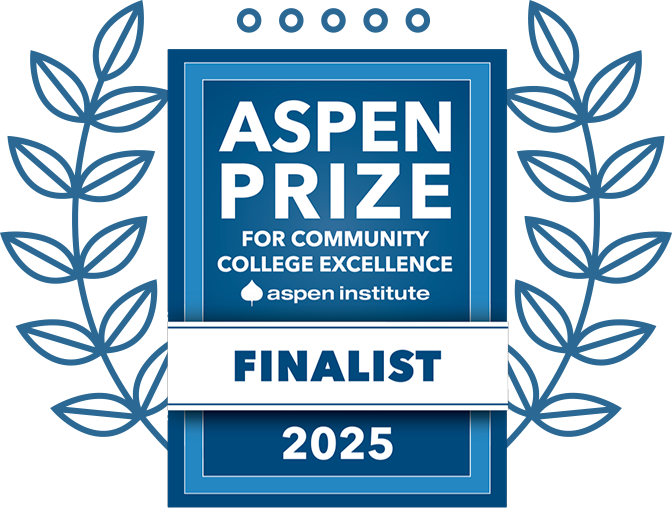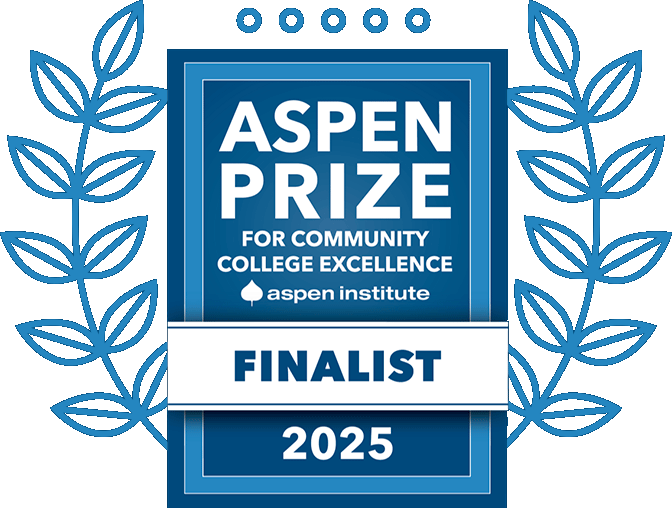Relentless Welcome
Relentless Welcome is about the intentional and en masse creation of learning environments in which students feel seen, heard, supported, and cared for. When we do this for our students, their energy and focus are freed up for learning, and we increase the likelihood that they will thrive and succeed. By committing yourself to a few small actions, you can be part of a larger collective action, as we strive to create a better Charger community.
To take part in the CETL’s Relentless Welcome Challenge, complete the Relentless Welcome Challenge registration form. In it you will select which of the actions listed below you will engage in:
Build and Encourage Relationships (First Two Weeks)
- Record a video orientation to the course in which you introduce yourself and tell students how to navigate the course.
- Learn as many of your students’ names as possible. Learn to pronounce names correctly.
- Provide an opportunity for students to share their preferred name with you. Encourage students to do so with each other.
- Ask at least one student how they are settling into the semester.
- Start a class session by telling students you are glad they are there.
- Ask one student how their day is going; stop to really listen; ask a follow-up question [if appropriate!].
- Use three minutes of class time to have students tell one other person about something non-academic they enjoy or are good at; share an example of your own to get things started.
- End a class session or course announcement by telling students you are looking forward to seeing them at the next class.
- Provide directions to a student on campus.
- Find a way to express to your students that you want all of them to succeed and you believe in them. Commit to this as a regular practice.
- Share something about yourself and your passion for your subject content.
- Explain what office hours are for and give students a specific reason to attend your office hours, like one-on-one conferences.
- Give time for group interaction at least once a week in an in-person class (note comparison, concept understanding check-in, assignment check-in, questions, etc.). Give groups a specific prompt to address during these brief meetings.
- Build a course assignment around getting to know your students.
- Invite one colleague to join this Relentless Welcome challenge.
- Thank a colleague for the effort they make to build relationships with students; tell them it makes a difference.
Ensure that Students Know Where They Stand (First Two Weeks)
- Clearly communicate your course grading policy.
- Create rubrics that clearly define grading criteria for each assignment and provide these to your students when giving the assignment.
- Within the first two weeks, have students complete a short in-class writing assignment or class quiz worth very few points. Grade and return this assignment within a couple of days. Consider including helpful suggestions as to how to improve performance or make a list of positives and common errors and distribute the list to students.
- Give students a short but rigorous test (or practice test) that is worth less than future tests will be worth, so students get a feel for the structure and difficulty level of tests for you course.
- Discuss with students their progress in the first couple of weeks and what they need to do to be successful in your course. Direct them to available student resources that can support their success.
Set Expectations and Motivate Students (First Three Weeks)
- Find a way to teach from everywhere in the room. (Instructor proximity is a motivator of student engagement.) In the online classroom, focus on increasing instructor presence through introduction posts, announcements, and constructive feedback.
- Explain the context or “big picture” of your course. Briefly describe the topics that will be covered. Explain how this course is relevant in students’ academic, professional and personal lives.
- Let students know what they need to do to be successful in your course. Talk about it in class or post on D2L. (Or have students write a note to next semester’s students on how to be successful in your course. Share these notes with your new students.)
- Schedule 10-minute meetings with all students (individual or group).
- Share examples of high-quality notes taken in your class by previously successful students. Early on, assign an exercise that results in students finding out the quality of their notes.
- Contact online students (call or email) to check-in on their progress in the course.
Promote Active Engaged Learning (Throughout the Semester)
- Perform at least one CAT (Classroom Assessment Technique)—like a minute paper, muddiest point—per week.
- Consistently engage students in at least one active learning strategy per in-person class (like think-pair-share, concept mapping, clickers, jigsaws, magic moment or service learning).
- Share tools with students for responding to tension, “hot topics” conflict, and disagreements with classmates.
Integrate Student Support into Learning Experiences (Throughout the Semester)
- Explain how to use D2L and direct students to highlands.edu/d2lhelp for more assistance if needed.
- Encourage students to participate in campus activities and/or clubs.
- Connect students to resources at strategic times (Library, Student Engagement, counseling, online resources, etc.).
- Make suggestions about how to study for specific concepts in your course. (Use the first four weeks to give several tips on studying smarter, not longer.)
The GHC Relentless Welcome Challenge is adapted with permission from the University of Georgia’s Center for Teaching and Learning, the "First Four Weeks Survey” from St. Louis Community College (2013), and input from Fall 2023 GHC Relentless Welcome participants.


